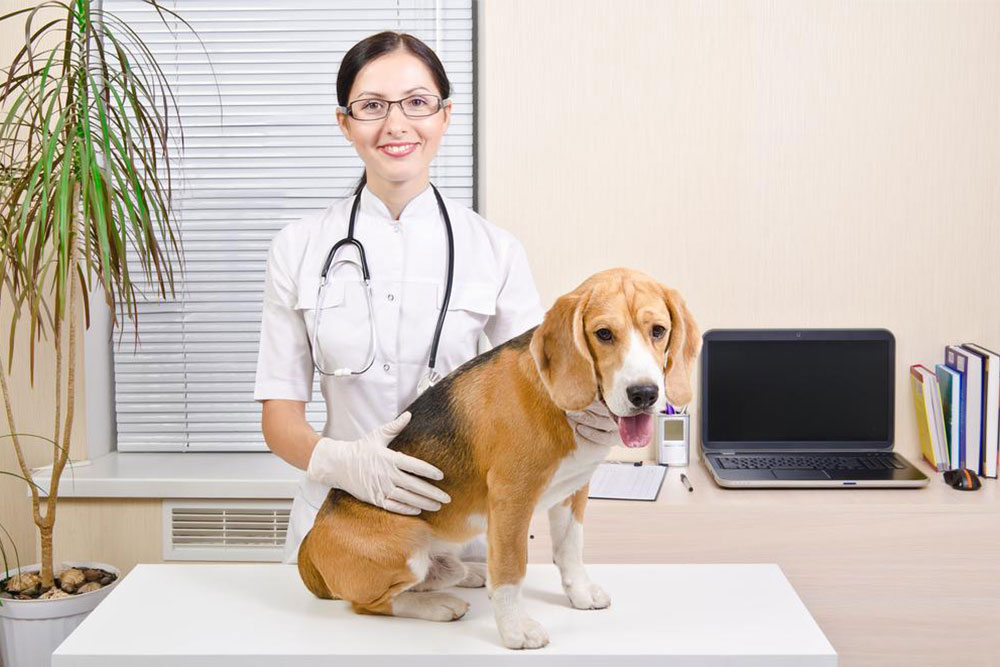Natural Ways to Protect Dogs from Fleas and Ticks
Discover natural and safe methods to protect your dog from fleas and ticks. Using kitchen ingredients like vinegar and citrus, along with herbal oils and good hygiene practices, can effectively prevent infestations without harmful chemicals. Always consult your vet before trying new remedies to ensure safety and optimal pet health.

Natural Strategies to Keep Dogs Free of Fleas and Ticks
Summer can bring increased issues with fleas and ticks for pet owners. While commercial treatments exist, homemade remedies with kitchen ingredients offer safe and effective options. This article discusses natural techniques like herbal sprays, topical solutions, and hygiene practices to prevent infestations.
Apple Cider Vinegar Solution
The acidity of apple cider vinegar discourages fleas and ticks. Dilute it and spray onto your dog’s coat once or twice a month. Add it to baths or shampoos for ongoing pest control.
Citrus-Based Repellents
Lemon-infused water acts as a natural pest deterrent. Soak lemon slices overnight, strain, and spray on your dog’s hair, especially around ears, tail, and legs. You can also create a lemon salt lotion after bathing for enhanced protection.
Herbal Essential Oils
Essential oils like lavender, lemongrass, peppermint, cedarwood, citronella, and eucalyptus can repel pests. Mix with water or shampoos, but always check for allergy risks and consult your vet, especially for puppies or small breeds.
Garlic Spray for Yard Protection
Spraying garlic water around your home’s exterior helps prevent fleas and ticks from invading your pet’s environment, reducing infestation chances.
Clean Environment Maintenance
Regularly wash bedding, vacuum thoroughly, and fix moisture issues. Keeping your surroundings clean and dry minimizes breeding sites for fleas and ticks.
Reminder:
The tips are for educational purposes. Always seek veterinary advice before trying new treatments on your pet, especially for juveniles or small breeds. We’re not responsible for adverse reactions.


